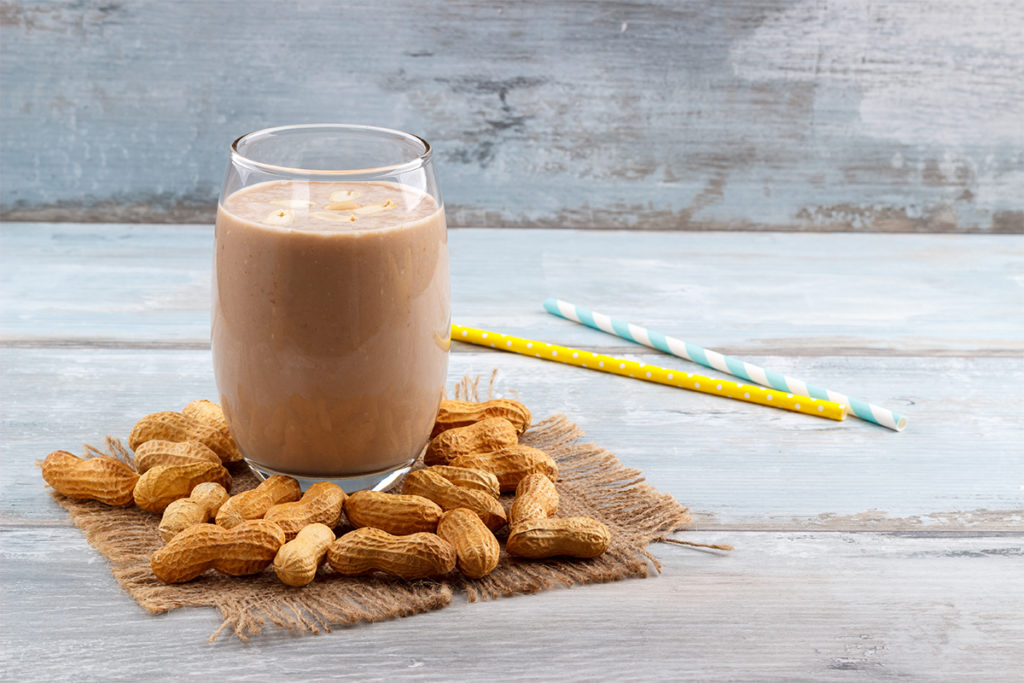Black Rice: Ancient Superfood!
When you think of “superfoods,” typical associations you make are likely leafy dark greens, fish, beans, berries and other types of fruit. However, one superfood that may not come immediately to mind is black rice.
A varietal rice from Asia, black rice gets it color from black heirloom plants. Varieties include Chinese, jasmine (Thailand), Indonesian and a newer variety called black japonica, a hybrid of Asian black short-grain rice and medium-grain mahogany rice. Black rice was once difficult to find, as it was considered a treasure in Asia and was protected for centuries. It was often referred to as “forbidden rice,” as it was allowed to be served only in the Chinese royal court, as a tribute to the Kangxi emperor of the Qing Dynasty.
Black rice is as versatile as it is rich in nutritional value, touting 18 amino acids, iron, zinc, copper, carotene and fiber. According to a recent study presented at the 240th National Meeting of the American Chemical Society (ACS), one spoonful of black rice contains more anthocyanin antioxidants than a spoonful of blueberries. The study also showed that compared with blueberries, black rice offered more fiber and vitamin E antioxidants, with less sugar. Research has linked these nutrients to helping prevent cancer, diabetes and heart disease.
As there are various types available, and they have different uses, consider these criteria:
- Chinese black rice is a short-grain rice with a glutinous property (“sticky”) that can be used in sweet and savory dishes, as it packs a sweet and nutty flavor.
- Black jasmine rice keeps its outer layer of black bran, which gets removed during the processing of white jasmine rice. Because the black bran remains postproduction, black jasmine rice does not stick together like some other varieties of black rice. Like Chinese black rice, it turns deep purple when cooked.
- Indonesian black rice is also glutinous. In Thailand, where it originated, it is often eaten in its sweetened form and not typically served as the main rice in a meal. Try serving it as an afternoon snack or several hours after a main meal, paired with fresh, seasonal fruit or by itself, as it is filling.
- Black japonica rice, when cooked, gives off a nutty mushroom flavor and often has a subtle, sweet spiciness and juicy texture. This type of rice works well as a side dish, in rice salads, in casseroles, as a stuffing for turkey or peppers, or in stir-fried foods.
Black rice takes longer to cook than white rice and should be cooked with more water to help tenderize it. A suggested rule of thumb is to soak the grain about an hour before cooking it and add a quarter cup more water than recommended. If using a rice cooker, keep an eye on it to ensure that it is not packed fuller than necessary and that it doesn’t boil over.
Black rice varieties can be packaged under the “brown rice” category because they are unhulled, so it may be easy to overlook them in the store
All types of black rice can be purchased at specialty/gourmet foods stores and are sometimes available by mail-order. While locations that sell black rice vary by state, you can find a list of stores, by state, at www.blackrice.com/where/2/.
Try this superfood in this month’s Recipe for Health!





